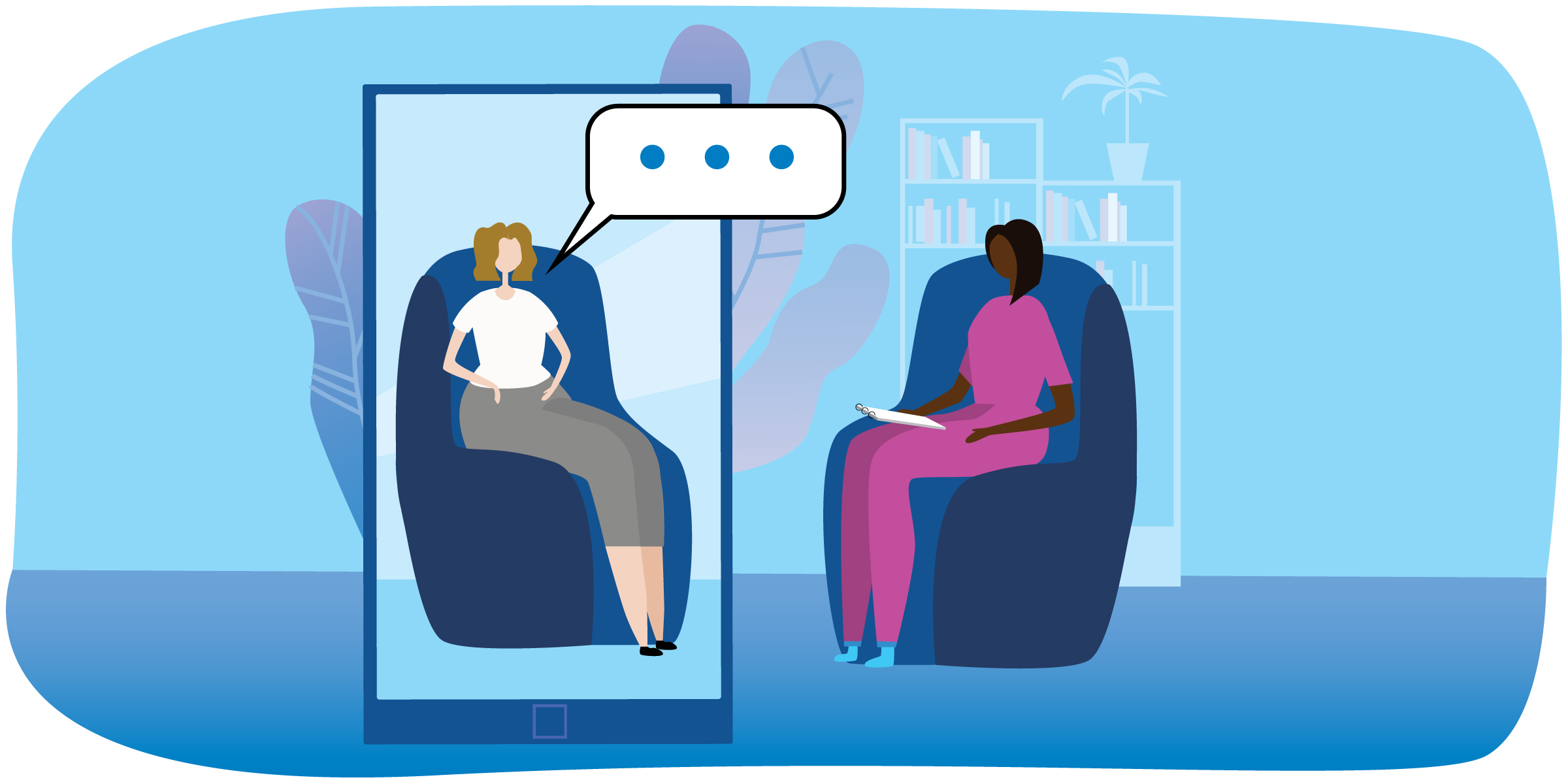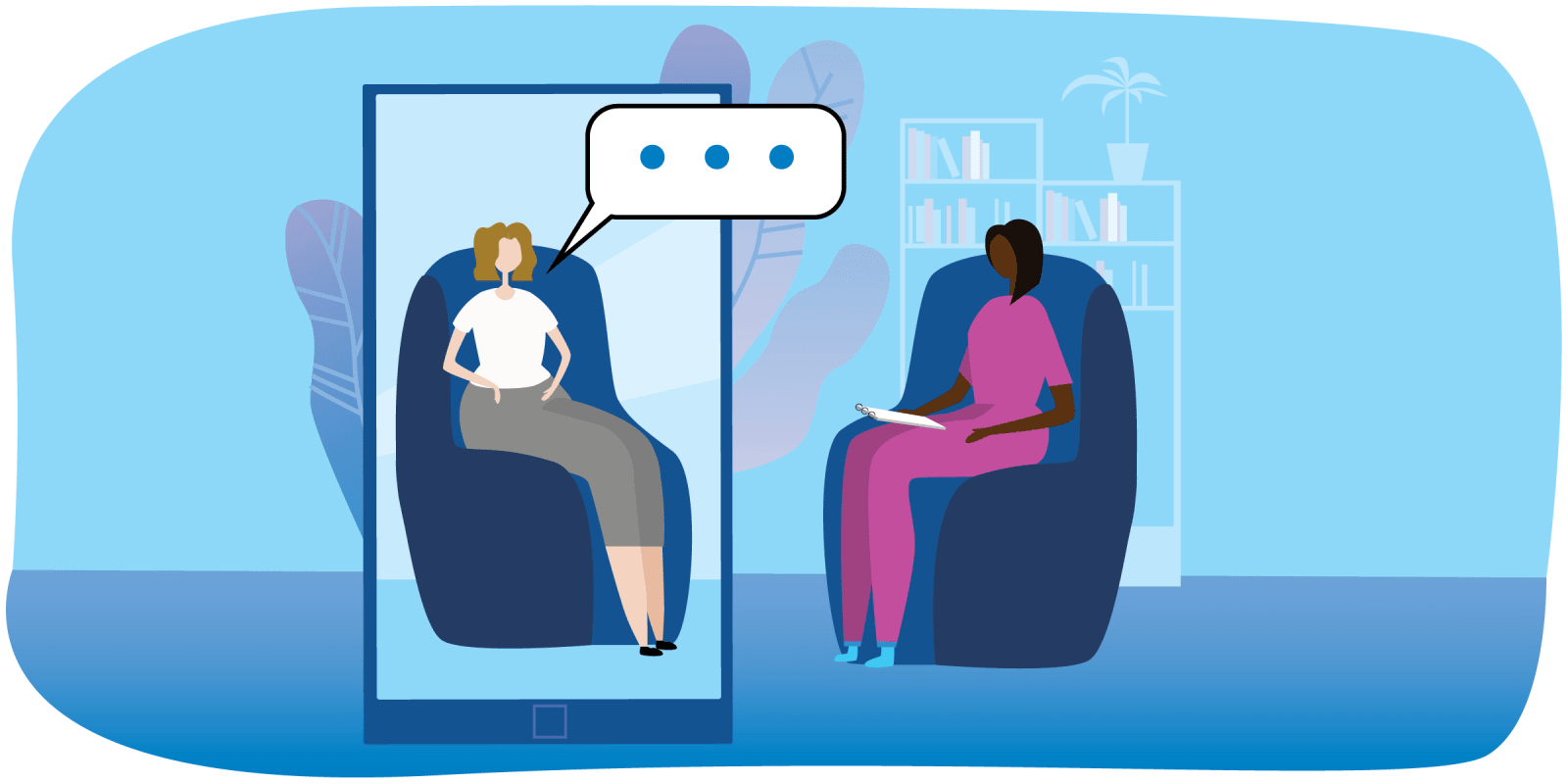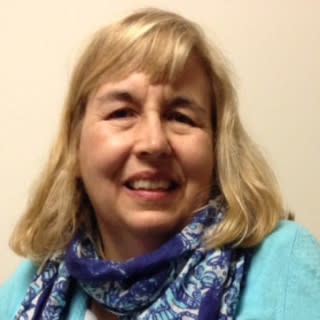
My leftover N95 mask from Northern California’s fires hangs from my rear mirror like a perverse alternative to fuzzy dice. My first face-to-face patient visit in months will occur shortly. I need to leave the confines of my home for a socially distant, masked session outside with a patient who was admitted during the pandemic to a residential program. My palms sweat, and my anxiety rises. My patient lives in a house of 10 people and is not always the most responsible person. I want to assess the role of recent medication changes and pass on my observations to the treatment team.
At the end of 2015, I fled from a corporate medical job of almost 25 years to open my private psychiatry practice. I loved my office; I decorated it with my favorite colors and peaceful, obsessively selected paintings that evoke the sea. Familiar patients from the corporation happily followed me to my practice. New patients contacted me through word-of-mouth referrals. I no longer had to accept patients I didn’t have the skill set to treat, as had been demanded by Big Medicine. The need to negotiate time off with multiple colleagues evaporated. There was no more rhetoric from the executive suite that psychiatrists are too expensive to treat psychotherapy patients. My love of the work blossomed anew.
The date is burned into my memory: March 16, 2020. I read the news prior to my yearly tax appointment. COVID-19 cases in my county were rising sharply. Many of my patients were over 65 with medical issues that put them at high risk. Schools shut down the prior week. Sensing it would be irresponsible if I saw patients in the office, I phoned everyone for that week and insisted we meet via FaceTime or phone. Zoom was not on my radar yet. Most people immediately agreed that sessions from home made sense. As I drove to my tax appointment, the music on the radio was interrupted by an announcement that starting at midnight, all Bay Area counties were to shelter at home.
The switch to virtual practice proved more complicated than I expected. I waited for people to remove camera blockers and coached first-time users of FaceTime on which buttons to push. The “accept call” button on FaceTime baffled in anxious times. I was puzzled. Was there a way to virtually see the Apple-avoidant contingent? My Skype account’s recovery email was my old corporate email address. A few weeks later, I discovered Zoom. Self-taught via a few YouTube videos, I instructed a group of older adults on its use. Reports of “Zoombombing” frightened others to insist on phone appointments only.
The first two months exhausted me. I missed the vibe of patients walking into my office. Over the years, I had honed my diagnostic senses and could assess the patient seated in the waiting room. Now, I could no longer sense people. Patients complained that I didn’t look them in their eyes, though from my perspective, I did. The variability of discussion vanished. Fear, COVID-19, and the failures of the federal government were common themes. No one pondered relationship breakups, job changes, or the tensions of upcoming family visits. I focused on being present for the afraid, the lonely, and the sad. Work had never been more essential and exhausting.
Five months later, I am not as exhausted, though I remain saddened by not seeing patients in person. Tech support is no longer necessary. My virtual assessment skills grow daily. I value working, and the work of therapy, even more. However, I long for my office and my familiar patients' faces. A New Yorker magazine article inspired me to dress better, so no more sweat pants with a nice top for me. As I sensed the virtual work would last for a while, I ordered a tripod with a ring light. Now, I look less scary to myself, and the patients report it seems more like the office view. People smile when my cats photobomb a session, and even those who fear animals enjoy the distraction. Loneliness and isolation have evolved into an exploration of long-held pain and emotional trauma.
The aforementioned in-person visit served its purpose to give feedback to the program’s psychiatrist and therapists. However, the distance in seating, masks on our faces, and the anxiety of visiting the patient left me pining even more for our old world. During this pandemic, the privilege to act as someone’s therapist remains and grows. Loneliness, fear, isolation, and frustration need support, processing, and understanding. The deeper explorations of therapy return and take new paths. Still, I long for the safe return to my office.
Gale Hylton a psychiatrist in private practice in Palo Alto CA with focus on psychotherapy.
Click here to see more perspectives on COVID-19 from the Doximity network.
Click here for up-to-date news about COVID-19 on Doximity.







